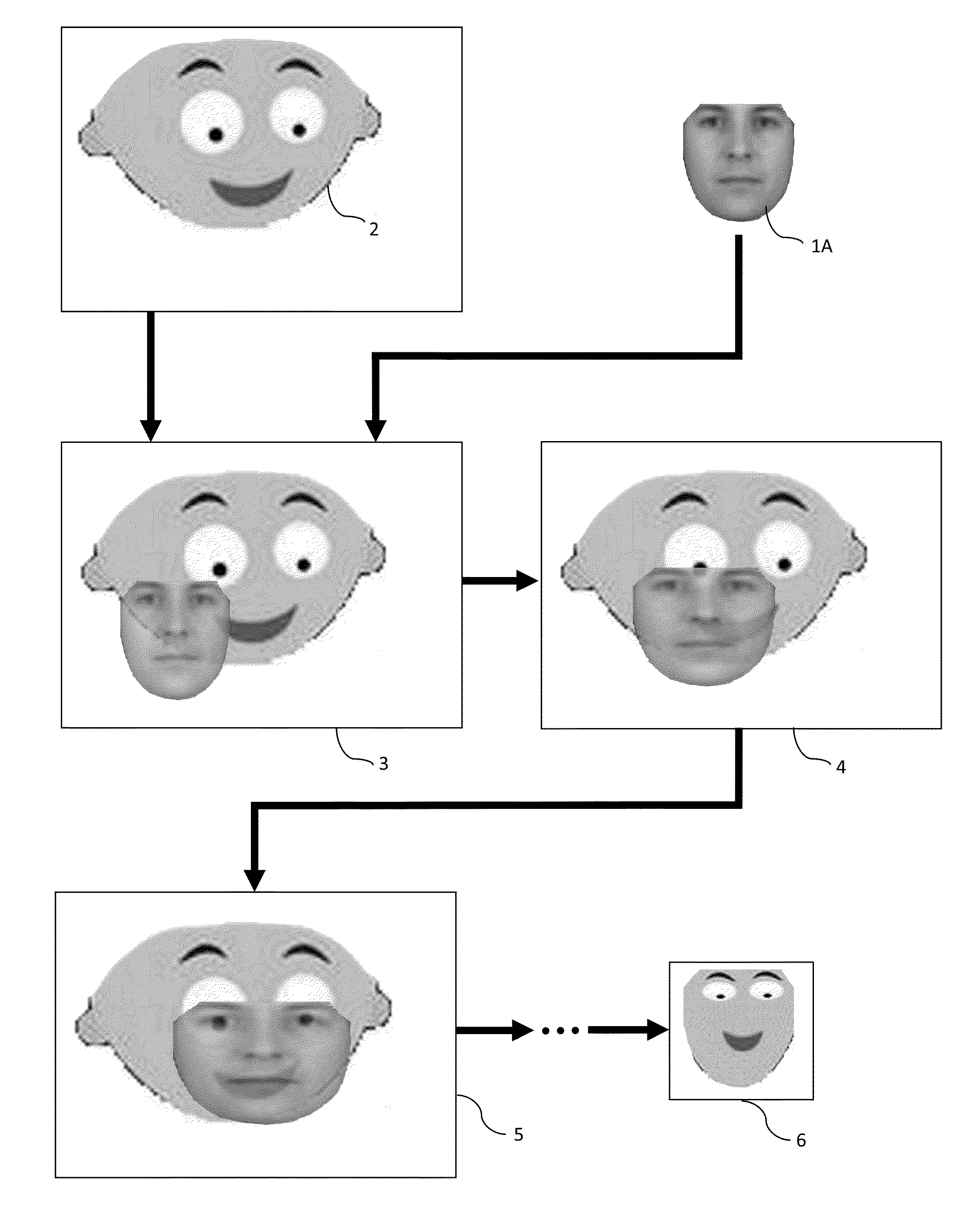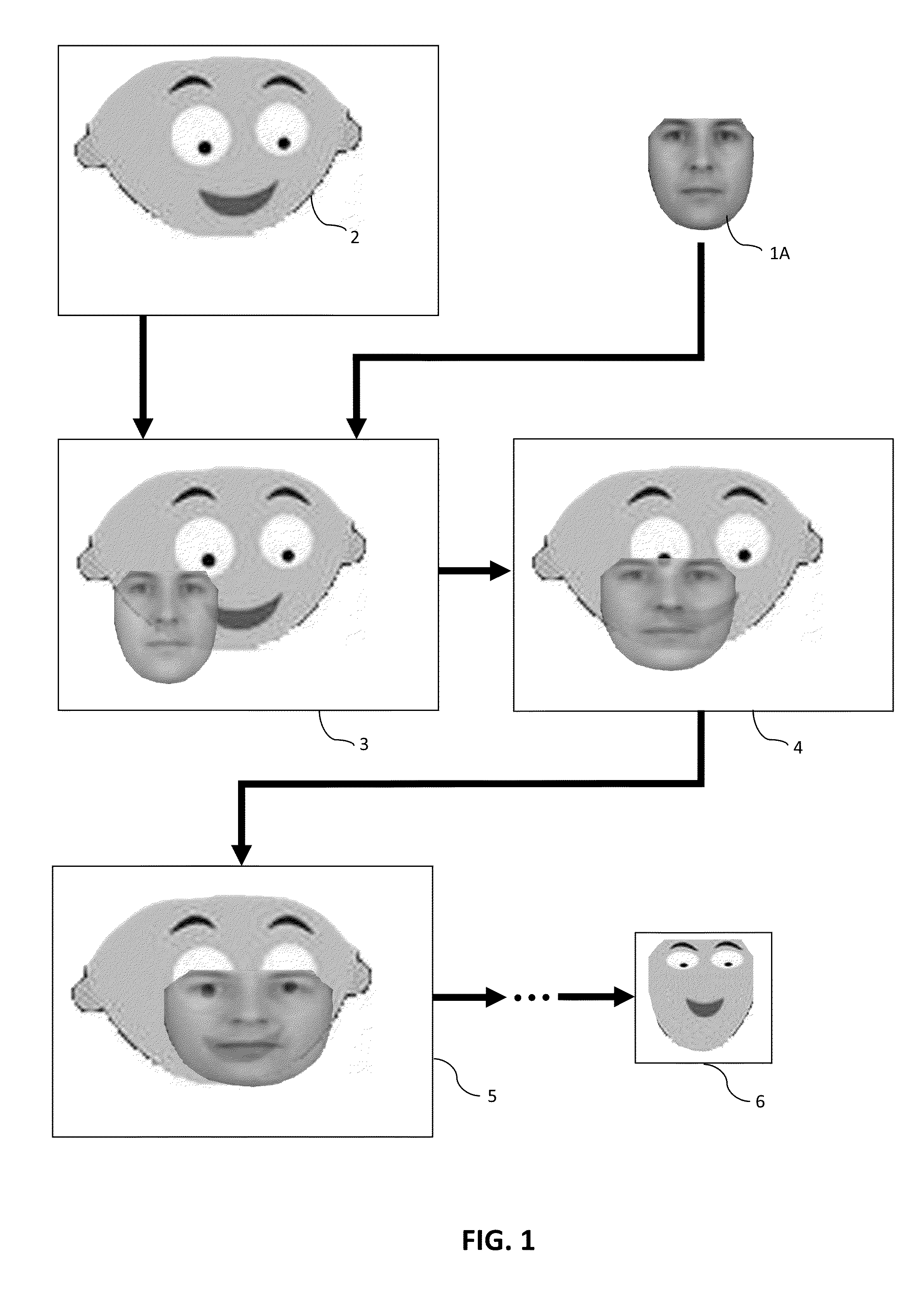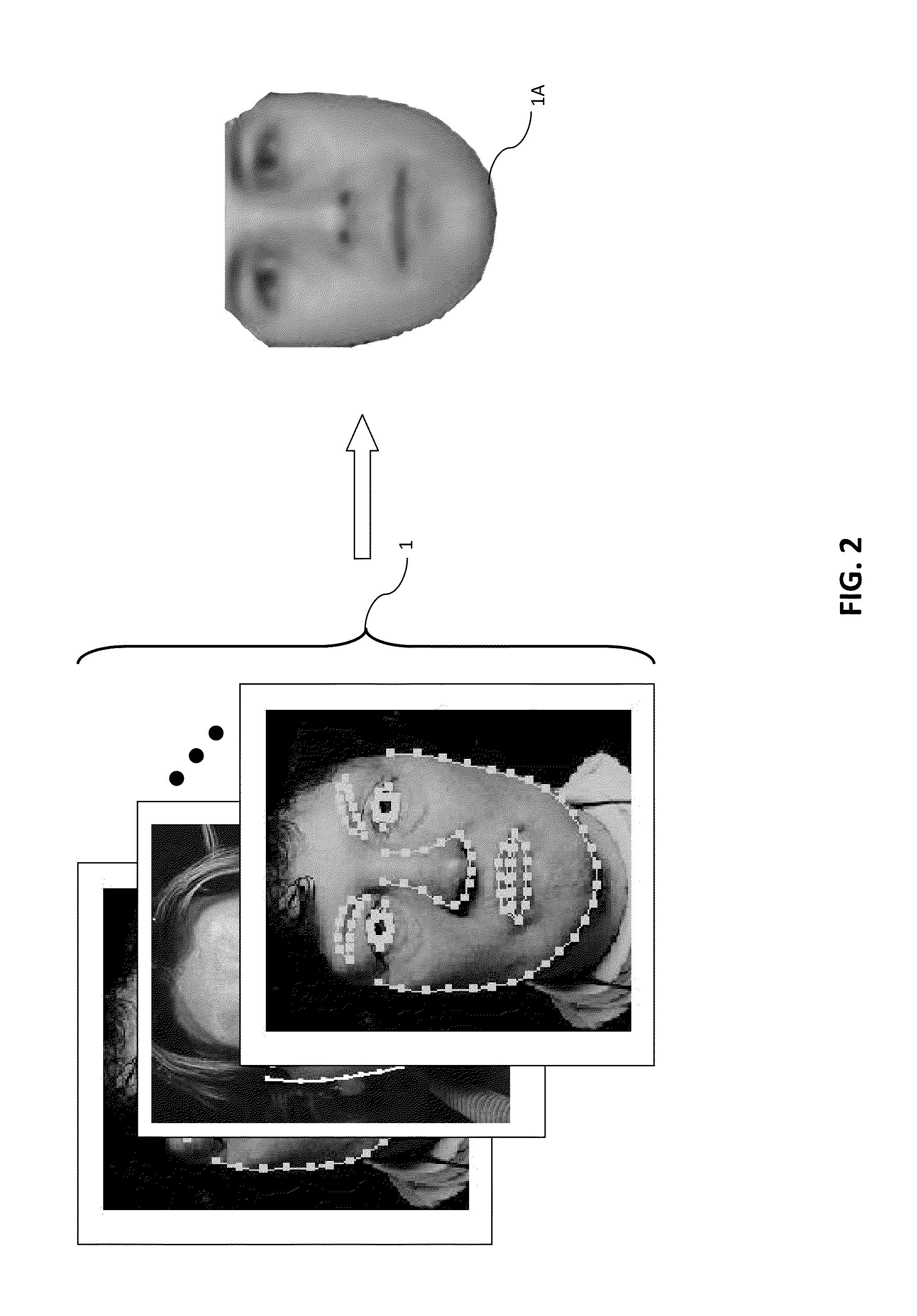2D/3D Localization and Pose Estimation of Harness Cables Using A Configurable Structure Representation for Robot Operations
a technology of structure representation and 2d/3d localization, applied in the field of robot recognition and manipulation of cable harnesses, can solve the problems of distortion, ineffective approach, and easy to see limitations of this approach
- Summary
- Abstract
- Description
- Claims
- Application Information
AI Technical Summary
Benefits of technology
Problems solved by technology
Method used
Image
Examples
Embodiment Construction
[0094]Automated assembly of components is critical to the manufacture of many items. Often, automated assembly is limited to relatively rigid components, or sub-components to facilitate the manipulation of the components. There is a need, however, for a robotic assembly to be able to manipulate non-rigid bodies. In particular, it would be beneficial for an automated system to be able to manipulate cable harness, which have a non-rigid structure and are prone to take many different configurations. It is further beneficial for such an automated system to be able to distinguish between different cable harnesses in a collection, and to be further able to identify specific parts of the cable harness. There is a further need for such an assembly to be able to discern the pose, i.e., orientation or arrangement, of cable harnesses in order identify specific connectors on the cable harnesses, and properly align a connector to a specific receptacle of the connector.
[0095]It is presently prefe...
PUM
 Login to View More
Login to View More Abstract
Description
Claims
Application Information
 Login to View More
Login to View More - R&D
- Intellectual Property
- Life Sciences
- Materials
- Tech Scout
- Unparalleled Data Quality
- Higher Quality Content
- 60% Fewer Hallucinations
Browse by: Latest US Patents, China's latest patents, Technical Efficacy Thesaurus, Application Domain, Technology Topic, Popular Technical Reports.
© 2025 PatSnap. All rights reserved.Legal|Privacy policy|Modern Slavery Act Transparency Statement|Sitemap|About US| Contact US: help@patsnap.com



